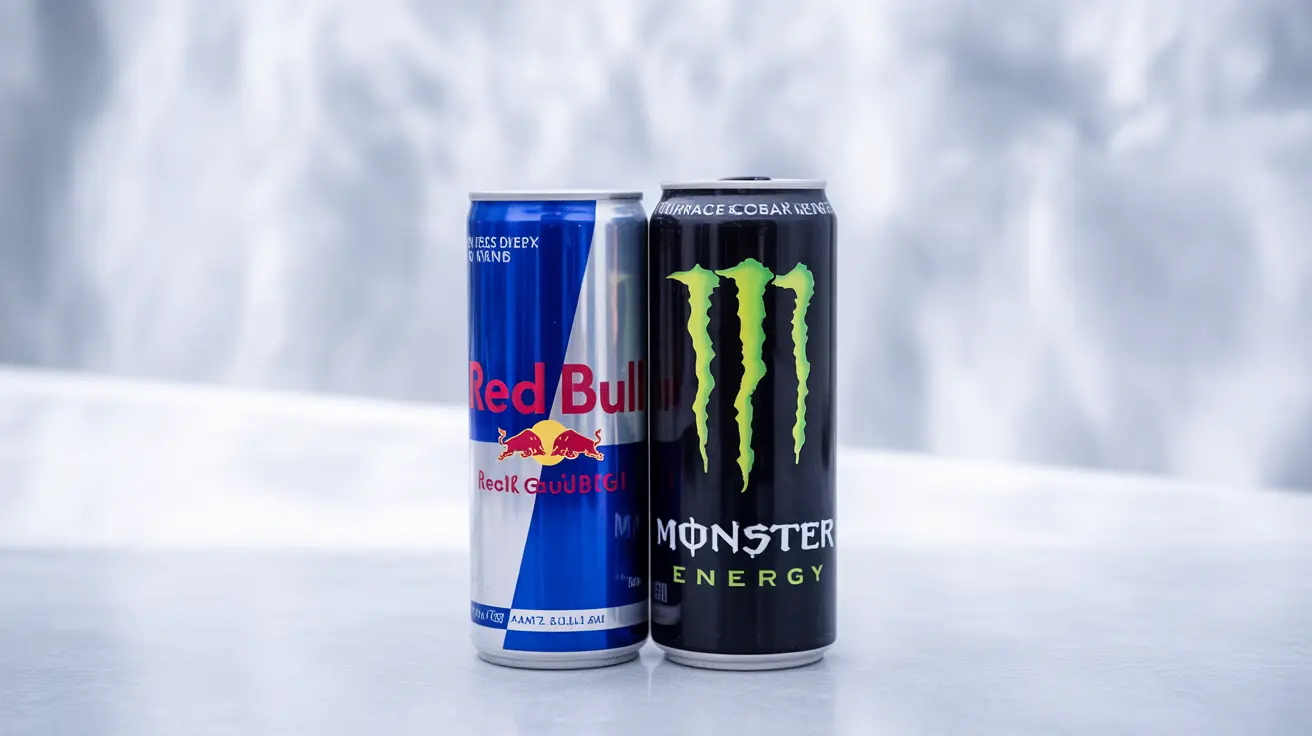Energy drinks have become a daily ritual for many people seeking a quick boost, with Red Bull and Monster leading the market. Understanding the key differences between these popular beverages can help you make more informed choices about your energy drink consumption.
In this comprehensive comparison, we'll explore the nutritional content, caffeine levels, and unique ingredients that set these two energy drink giants apart. Whether you're concerned about calories, caffeine intake, or additional supplements, this guide will help you understand exactly what you're consuming.
Serving Size and Packaging Differences
One of the most significant differences between Red Bull and Monster lies in their standard serving sizes. Red Bull typically comes in an 8.4 fl oz (250ml) can, while Monster is sold in a larger 16 fl oz (473ml) container. This size difference significantly impacts the total amount of ingredients consumed per container.
Caffeine Content Comparison
The caffeine content between these drinks varies notably, primarily due to their different serving sizes. A standard 8.4 fl oz can of Red Bull contains 80mg of caffeine, while a 16 fl oz can of Monster provides 160mg of caffeine. When compared ounce-for-ounce, their caffeine concentrations are actually quite similar.
Impact on Energy Levels
Despite the different total caffeine amounts, both drinks deliver their energy-boosting effects through a combination of caffeine and other stimulants. The larger serving size of Monster means you're consuming more caffeine in one sitting, which could lead to stronger effects or increased risk of caffeine-related side effects.
Sugar and Calorie Content
The sugar and calorie content of these beverages differs significantly:
- Red Bull (8.4 fl oz): 27g sugar, 110 calories
- Monster (16 fl oz): 54g sugar, 210 calories
While Monster contains more total sugar and calories, this is largely due to its larger serving size. Both drinks offer sugar-free alternatives for those watching their caloric intake.
Additional Ingredients and Energy Blend
Both energy drinks contain similar base ingredients like B-vitamins and taurine, but Monster's formula includes several additional compounds:
- L-Carnitine
- Inositol
- Guarana extract
- Panax Ginseng
These additional ingredients in Monster are meant to provide enhanced energy and focus, though scientific evidence supporting their effectiveness varies.
Health Considerations
When choosing between these drinks, consider:
- Your caffeine sensitivity
- Daily sugar intake limits
- Caloric needs
- Serving size preferences
- Potential interactions with medications or health conditions
Frequently Asked Questions
What are the main differences in caffeine content between Red Bull and Monster energy drinks?
Red Bull contains 80mg of caffeine per 8.4 fl oz can, while Monster contains 160mg per 16 fl oz can. The concentration of caffeine per ounce is similar, but Monster delivers a larger total dose due to its bigger serving size.
How do the sugar and calorie amounts compare in Red Bull versus Monster?
Red Bull contains 27g of sugar and 110 calories per 8.4 fl oz can, while Monster has 54g of sugar and 210 calories per 16 fl oz can. Monster's higher numbers are primarily due to its larger serving size.
What additional ingredients does Monster have that Red Bull does not, and how do they affect energy?
Monster contains additional ingredients like L-Carnitine, Inositol, Guarana extract, and Panax Ginseng. These compounds are intended to enhance energy levels and mental focus, though their effectiveness varies and more research is needed to confirm their benefits.
Is it healthier to choose Red Bull or Monster if I am concerned about sugar and calorie intake?
If you're concerned about sugar and calorie intake, Red Bull's smaller serving size naturally means fewer calories and less sugar per can. However, both brands offer sugar-free versions that eliminate these concerns while maintaining the same caffeine content.
How does the typical serving size of Monster compare to Red Bull, and what impact does this have on consumption?
Monster's serving size (16 fl oz) is nearly double that of Red Bull (8.4 fl oz). This means consuming one can of Monster provides twice the amount of most ingredients, including caffeine, sugar, and calories. This larger serving size should be considered when monitoring daily intake of these substances.




